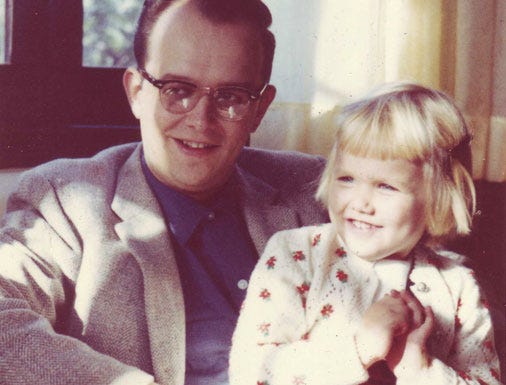Hugh Everett III, an American physicist, introduced the popular Many-Worlds Interpretation of quantum mechanics, but his journey was not simple.
Born in 1930 in Washington, D.C., Everett was a prodigious talent with a deep interest for physics and mathematics from a young age. By the 1950s, as a Ph.D. student at Princeton University, he began to question the accepted view in quantum mechanics, which held that particles exist in multiple states simultaneously until observed, at which point they "collapse" into a single reality.
Everett proposed a radical new idea: rather than collapsing, all possible outcomes of a quantum event occur, each in its own distinct, branching universe. In the below short video, John Hopkins University theoretical physicist Sean Carroll briefly explains the Many Worlds Interpretation.
Everett’s theory was mathematically compelling but largely dismissed. Leading physicists of the time, including Nobel Prize laureate Niels Bohr and his Copenhagen school, outright rejected and even mocked the notion of countless parallel realities.
Though he remained steadfast in his belief in his interpretation, the rejection was disheartening. He quit academia and took a position as a defense analyst with the Pentagon, working for the rest of his career on projects unrelated to his theoretical pursuits. His son said that he didn’t learn that his dad had been a great mathematician and theoretical physicists until after his death.
Though Everett left academia and theoretical physics, interest in the Many-Worlds Interpretation slowly grew. Before his death at the age of 51, physicists and philosophers began recognizing it as a credible alternative to the Copenhagen interpretation. By the 1990s, the Many-Worlds Interpretation had gained traction and was seriously discussed as a major interpretation of quantum mechanics.
Today, Everett is celebrated as a visionary, with his Many-Worlds Interpretation acknowledged as one of the leading frameworks in quantum mechanics.
The Many-Worlds Interpretation remains a topic of lively debate, with prominent figures like Nobel Prize laureate Roger Penrose and public intellectual Sabine Hossenfelder, voicing strong objections, including that it is untestable. Yet, it has secured a place among the primary interpretations of quantum mechanics.
.




